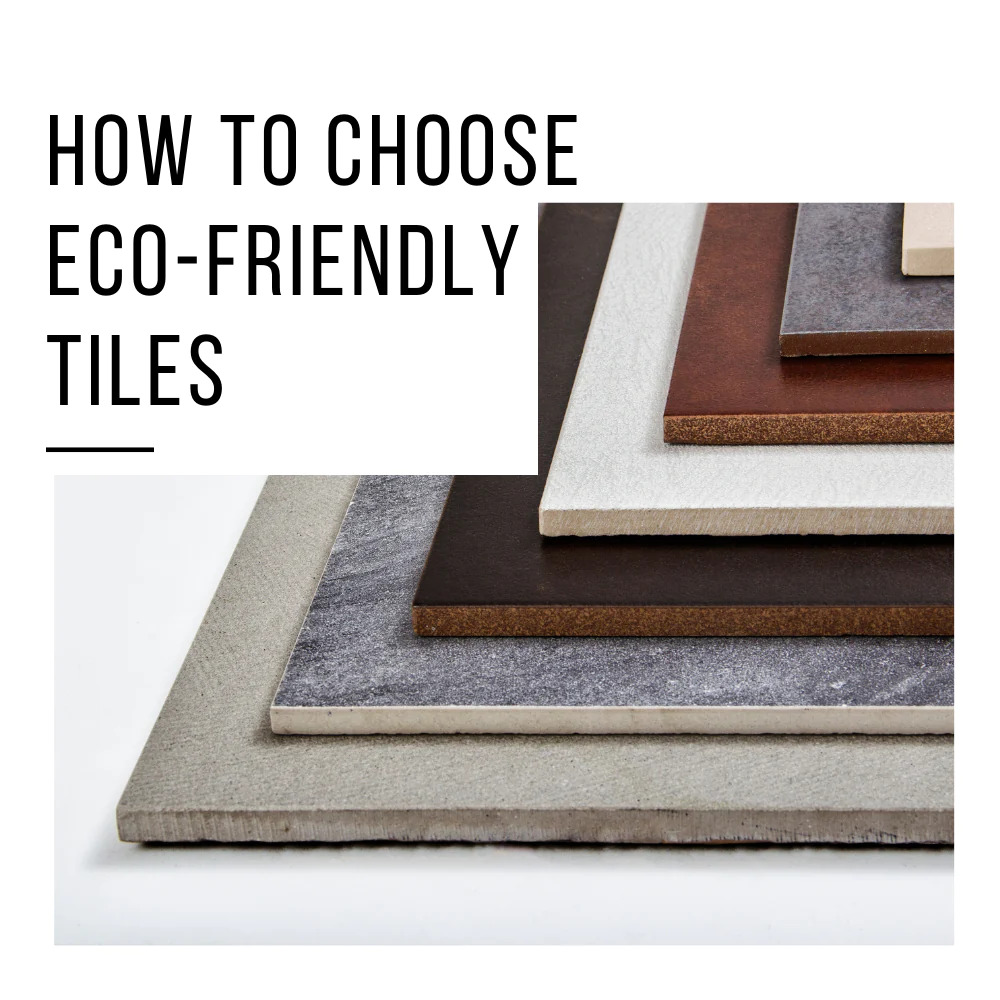- Home
- How to Choose Eco-Friendly Tiles
How to Choose Eco-Friendly Tiles

How to Choose Eco-Friendly Tiles and Mosaics
Creating a home is exciting and allows you to customize your space accordingly. While this is fun, it often requires some research as well. If you are trying to be more eco-friendly, you should know how to choose environmentally conscious materials for your home. Luckily, we have your kitchen and bathroom tiles covered with our collection of eco-conscious tiles and mosaics.
The best option is to reuse what already exists. Since you read this article, you have already decided it is time to upgrade. Here are some greener choices that you can make for your kitchen and bathroom floor and mosaic tiles.
Choose Tiles that have Recycled Content
Tiles can be made out of many different materials. They are typically made from glass, marble, porcelain, or ceramic. Some materials can actually be upcycled and incorporated into tiles and mosaics.
There are two types of recycled materials: pre-consumer content and post-consumer content.
Pre-consumer content is created during the manufacturing process. Examples of materials would be sawdust, excess cement, and other materials that would typically go to landfills. Sometimes, factories can reuse this content when making a tile. Our Bowery, Astoria, and Rocky series all contain pre-consumer recycled materials.
Post-consumer content is created from recycled materials like plastic, aluminum, glass, and paper made by everyday people. Some of those materials, like glass, can be incorporated into glass mosaics.
Choose Tiles with Low VOCs & Less Off-Gassing
Volatile organic compounds (VOCs) are chemical compounds found in furniture, flooring, and other building materials released at normal indoor temperatures. These VOCs will usually evaporate over time but have been generally unregulated until recently. Because people spend, on average, 90% of their time indoors, considering materials with low VOC emittance has become an important component of green building and interior design.
One way that you can tell if a product has low VOCs is the GREENGUARD Certification label. This label shows that a third party tested and verified the product to have low chemical emissions. They will also list the product in the Spot UL database so that you can double-check that the product has been labeled correctly. Our Penthouse series is GREENGUARD Gold Certified.
Choose Durable Tiles
Another way you can ensure you are buying in an eco-friendly way is to ensure that the products are durable and suitable for their intended use. We list information about each product, like material and PEI rating. These will help you determine where the product can be used.
Generally, we recommend that customers use porcelain for kitchen and bathroom floor tiles and mosaics. We also suggest choosing a tile or mosaic that has a PEI rating of at least 3. Even then, you want to consider how much foot traffic will be in the intended area. For high-use residential areas, try using a PEI 4 or PEI 5 porcelain tile to ensure a long life span of the product.
If you have been trying to figure out how to incorporate more eco-friendly flooring into your home, hopefully, you have a better understanding now. There are several ways that you can choose a greener floor. Remember to look for tiles with recycled content, GREENGUARD Certification, and material/PEI rating appropriate for the intended use.
